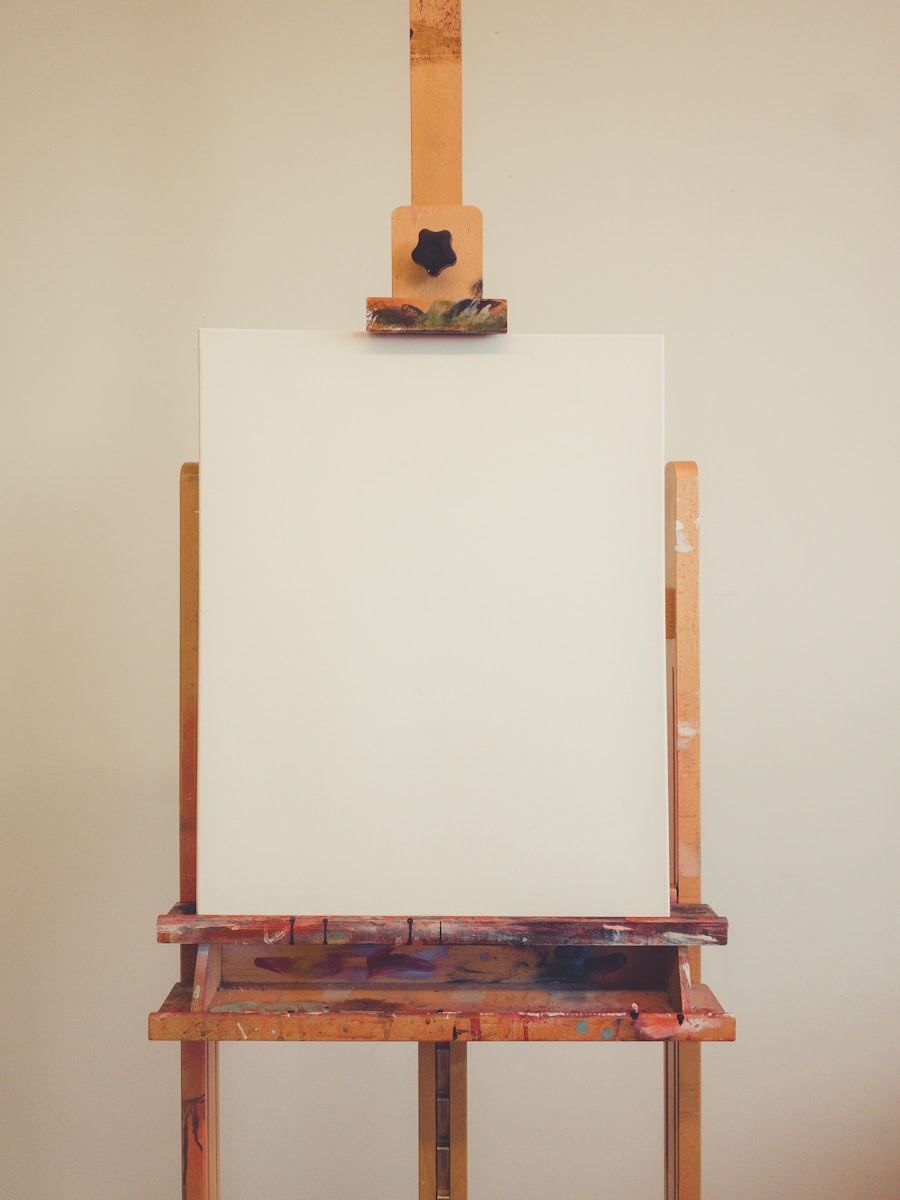Jeremy Casson: A Beginner’s Guide to Painting on Canvas
Jeremy Casson is an art conservator who enjoys painting and pottery in his spare time. This article will share advice for novice artists, providing tips and pointers for painting on canvas.
Painting on canvas became popular in the 17th century during the Italian Renaissance, although the earliest surviving canvas paintings date back to the 1400s. Some of the world’s greatest masterpieces were painted on canvas, including Girl with a Pearl Earring, The Birth of Venus and Starry Night.
In most examples, the canvas is stretched tightly across a wooden frame, holding the fabric taught to make it easier to paint on. Cotton canvases are an affordable option for beginner painters, while linen canvases are more durable and long-lasting, making them the go-to choice for professional artists. There are also canvas boards, which are popular with student painters. Made from primed cotton canvas stretched over fibreboard, they are stamped to give them the texture of canvas, presenting an affordable option to practice on before starting work on the final piece.
Before the artist starts painting the canvas must be primed, a process that involves simply applying a layer of material to create a smooth barrier between the canvas and paint. Without priming, the canvas would be prone to sagging as it would absorb too much paint. Priming helps the canvas to stay usable and rigid as it gets wet, as well as helping the paint to grip the canvas and keeping the pigments bright. Most canvases available to purchase come pre-primed, saving the artist the time and trouble of priming the canvas with acrylic gesso.
Once the canvas is primed, the artist can start painting. How they approach this will depend on the medium they are using.
Acrylics can either be applied straight from the tube or blended with water, giving an effect much like watercolour. This vibrant, versatile paint medium dries relatively quickly, making it suitable for beginners.
Oil paints, on the other hand, take much longer to dry. Many novice artists find the notion of painting in oils quite intimidating, as it requires a mastery of certain techniques. The artist must first learn to hold the brush correctly, holding the handle as far back as possible to achieve fluidity and sensitivity with each stroke. This can seem uncomfortable to begin with but provides the greatest degree of control, as the artist paints with their whole arm rather than just their wrist.
When painting on cavass, there are a variety of options to choose from. However, by carrying out research and getting a grasp of the fundamentals, novices can start their work of art with confidence, participating in a centuries-old tradition and following in the footsteps of the world’s most celebrated artists.

